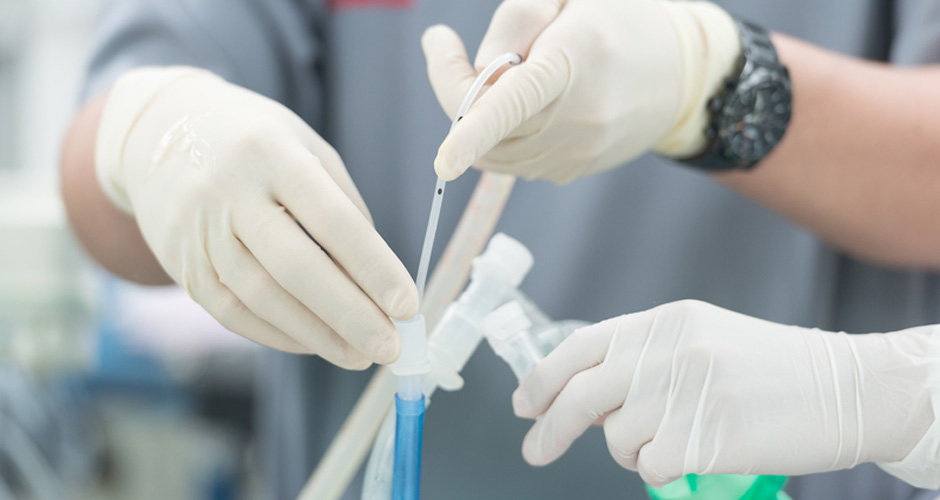Does laparoscopic excision or laparoscopic ablation offer the best long-term pain relief from endometriosis?
May 28, 2017
Does laparoscopic excision or laparoscopic ablation offer the best long-term pain relief from endometriosis- A Meta-analysis
Key Points
Highlights:
- This systematic review and meta-analysis of a few randomized control studies aimed to compile data regarding the reduction of dysmenorrhea (menstrual pain), dyspareunia (painful sexual intercourse), and dyschezia (difficult defecation), chronic pelvic pain and Endometriosis Health Profile (EHP-30) score in patients who were either treated with laparoscopic ablation or laparoscopic (surgical) excision for their endometriosis.
Importance:
- Understanding the post-operative benefit of ablation versus surgical excision will allow endometriosis specialists to consider the best course of action for long-term success.
Key Results:
- Pooling of the results from 2 studies 12 months after treatment revealed that the excision group had a significantly greater reduction in VAS scores of dysmenorrhea and dyschezia compared to the ablation group.
- Only one study reported on chronic pelvic pain and EHP-30, which showed a significant reduction in chronic pelvic pain and EHP-30 in the excision group compared to the ablation group.
What’s done here?
- Although the meta-analysis in this study only included two trials, it did attempt to compile as much information as possible regarding endometriosis outcome data 12 months post-surgery.
- Further trials are needed to assess and validate long-term benefits of ablative versus surgical procedures for the treatment of varying forms of endometriosis.
Limitations
- Number of trials included in the analysis is small
- EHP-30 score evaluated in only one study
- The characteristics of the endometriosis pooled in the analysis are not described
Lay Summary
This systematic and meta-analysis of several studies aimed to compile data regarding the reduction of dysmenorrhea (menstrual pain), dyschezia (difficult defecation), dyspareunia (painful sexual intercourse), chronic pelvic pain and Endometriosis Health Profile (EHP-30) score 2-12 months after treatment. Visual analog scale (VAS) and Endometriosis Health Profile 30 (EHP-30) methods were used to assess post-treatment effects and outcomes. EHP-30 is a self-report questionnaire used in the clinical practice to assess endometriosis-related symptoms and quality of life. Pooling of the results from 2 studies revealed that the excision group had a significantly greater reduction in VAS scores of dysmenorrhea, and dyschezia compared to the ablation group. One study reported a significant reduction in chronic pelvic pain and EHP-30 in the excision group compared to the ablation group as well. Some of the limitations of this study include a small number of trials included in the analysis, EHP-30 score being evaluated in only one study, and no mention of the characteristics of the endometriosis lesions that were pooled in the analysis. Further trials are needed to assess and validate long-term benefits of ablative versus surgical procedures for the treatment of varying forms of endometriosis.
Research Source: https://www.ncbi.nlm.nih.gov/pubmed/28456617
Dyschezia Dyspareunia Chronic Pelvic Pain Meta-analysis Laparozcopy Excision Ablation

